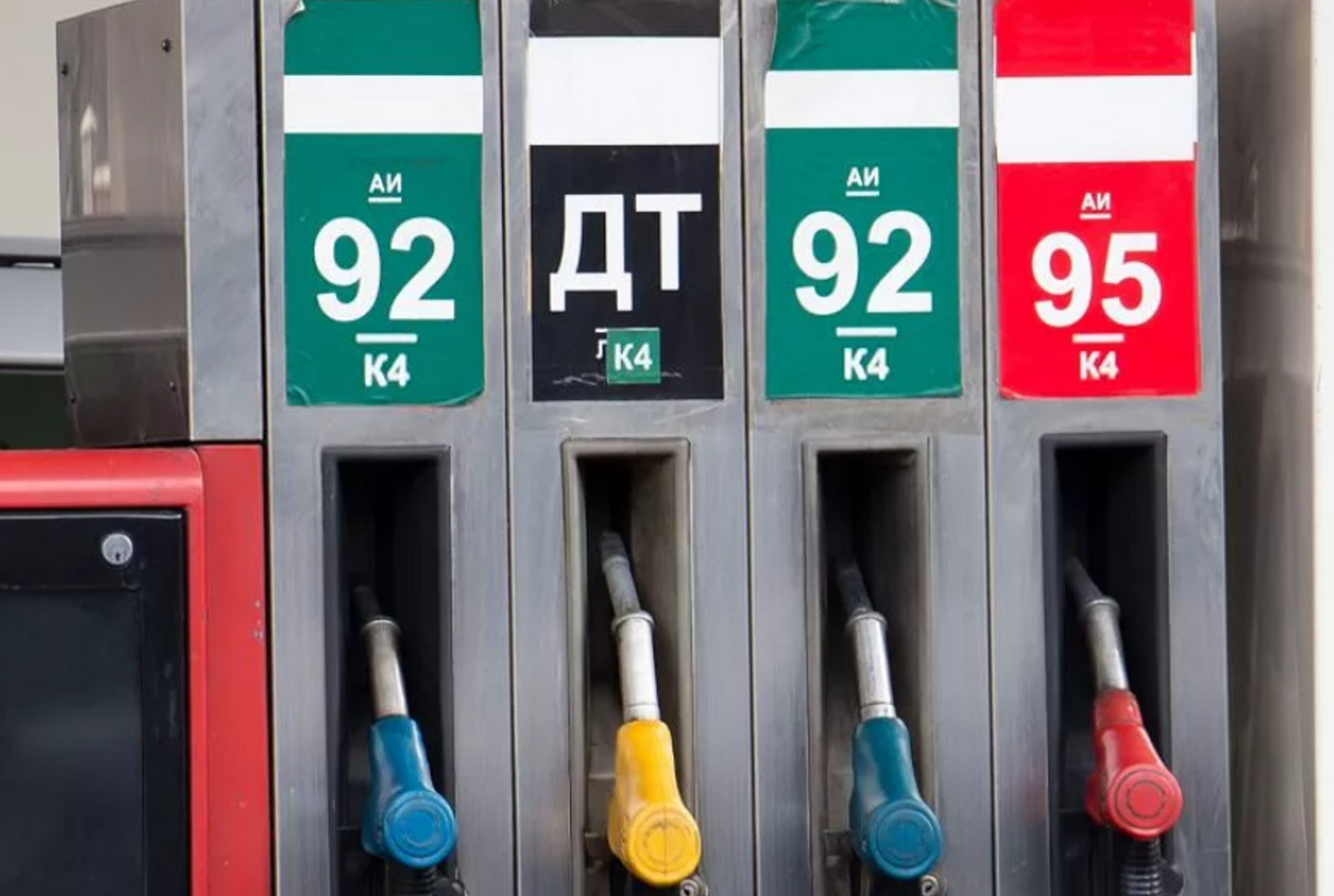
A gas pump in Russia serving 92- and 95-octane gasoline and diesel fuel. Photo: Turbotekhmaster («Турботехмастер»)
Vladimir Putin has signed a decree prohibiting the suspension of compensation payments to oil companies under the country’s fuel “damping” mechanism. The measure is set to run until May 2026 in an effort to keep domestic gasoline and diesel prices stable.
The decree, published on the Russian government’s legal portal, comes amid continued Ukrainian drone attacks on Russian refineries and fuel infrastructure.
The fuel damping mechanism provides subsidies to oil companies when exports become more profitable than domestic sales. Previously, these payments were halted if wholesale gasoline or diesel prices deviated too much from the government’s benchmark levels. Under the new decree, that threshold is temporarily removed, meaning companies will continue receiving compensation even under conditions of high domestic prices.
Data from Russia’s Finance Ministry indicates that oil firms received 715.5 billion rubles (close to $8.9 billion) in damping payments in the first nine months of 2025, nearly 80 billion rubles (just over $995 million) per month on average.
Another clause in the decree offers an excise tax exemption to unlicensed organizations that mix aviation kerosene and other components in order to produce diesel fuel. Officially, the measure is presented as a means of protecting “national interests” and responding to “unfriendly actions by the United States and other states.”
The decree takes effect immediately and applies retroactively to legal relations starting from Oct. 1, 2025.
Its language states that the new rules will remain in force pending “the introduction of amendments to the Tax Code,” meaning that Russia’s executive authorities have effectively preempted legislative changes that the Energy Ministry and Finance Ministry had planned to submit to the State Duma during its autumn session.
In August, the Russian government announced plans to raise the damping mechanism’s “cutoff” threshold to allow companies to receive payments under current price conditions. Signing the decree before the bill’s formal review indicates an emergency decision, as the government now faces fuel shortages and rising wholesale prices, prompting the Kremlin to act without waiting for a legislative nod.
The move coincides with a deepening fuel crisis across the country. After a series of Ukrainian drone strikes on Russian refineries, gasoline and diesel shortages have affected dozens of regions, including central Russia and the Volga area. In Sevastopol — the largest city in Russian-occupied Crimea — and several other localities, fuel sales have been limited to 10-30 liters per person, and some gas stations have shut down entirely. The government has extended its ban on gasoline exports and is considering a similar restriction on diesel. Industry estimates show that refinery shutdowns and repairs have cut gasoline output by about 10%, while the number of operating gas stations has dropped by more than 300 in the past two months.
At the same time, Finance Ministry data for September shows that Russia’s oil and gas revenues fell by 25% year-on-year, from 772 billion to 582 billion rubles. Since the start of 2025, revenue from oil and gas has declined by roughly 20%, prompting the Kremlin to accelerate financial support for the energy sector.